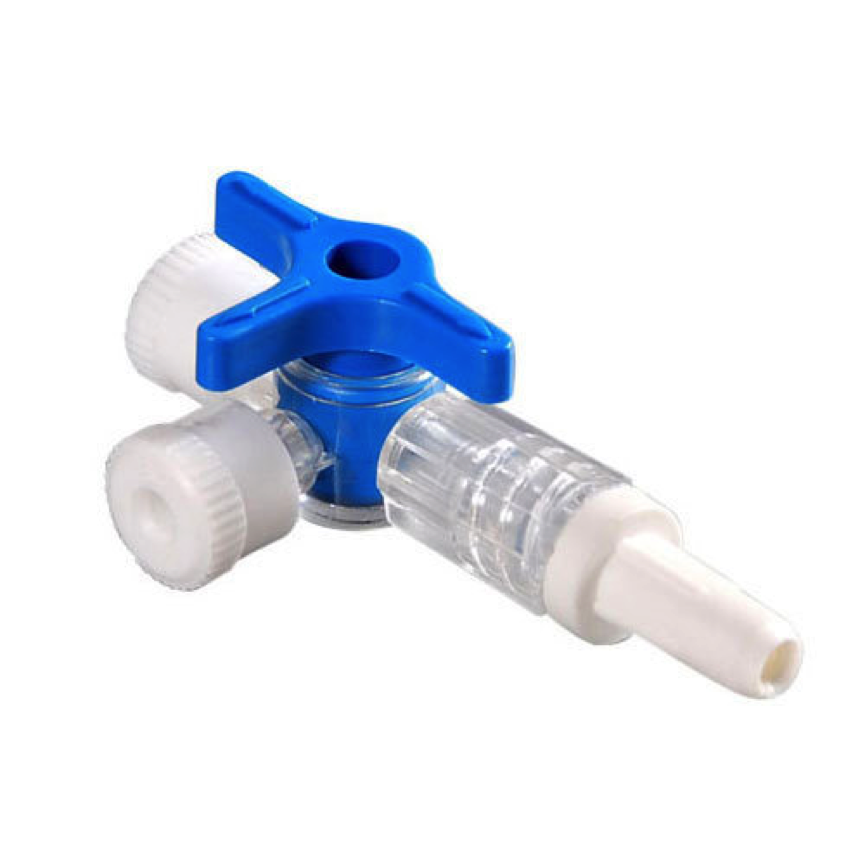You have a patient in SVT, failed vagal maneuvers. Time to treat with adenosine.
You all know this cute little three-way stop cock. Seems simple enough. That is until you need to use it... the stop and go seems somehow far more confusing than it really is.
And the one time you MUST know how to use it is to rapidly administer adenosine. You need access in the antecubital or proximal upper extremity.
Why the rush? Adenosine is rapidly metabolized by erythrocytes and vascular endothelial cells - so with its 10 second half-life, we have to administer and flush it quickly so it can reach the heart.
Surely, there has to be an easier way! Well, folks. There is!
Make sure you have your ECG rhythm strip running, zoll pads on the patient, and explain the patient that this might "feel funny" (as their heart stops for just a wee bit).
Grab a 20-mL (or 30-mL) syringe.
Desired dose of Adenosine (6 mg or 12 mg)
Draw up the adenosine AND the normal saline in the same 20-mL syringe.
Administer via fast IV push
That's it!
Adenosine is safe and maintains its effectiveness mixed with normal saline. One study even used OI access for conversion of SVT in an infant.
Only have central access (hemodialysis port, central line)??? Per 2010 ACLS guidelines drop the dosing:
1st dose: 3 mg (instead of 6)
2nd/3rd doses: 6 mg (instead of 12)
This lower dosing minimized risks of prolonged bradycardia. ALSO - use this lower dosing if the patient is taking dipyridamole or carbamazepine as these two medications potentiate the effects of adenosine.
REFERENCES:
J Korean Soc Emerg Med. 2003 Aug;14(3):224-227
https://www.resus.com.au/2015/03/26/a-new-way-to-give-adenosine-in-svt/
https://www.aliem.com/2012/12/trick-of-trade-combine-adenosine-and/
Weberding NT, et al. Adenosine Administration With Stopcock Technique Delivers Lower-Than-Intended Drug Doses. Ann Emerg Med 2018;71(2):220-4.
https://acls-algorithms.com/acls-drugs/acls-and-adenosine/comment-page-2/

